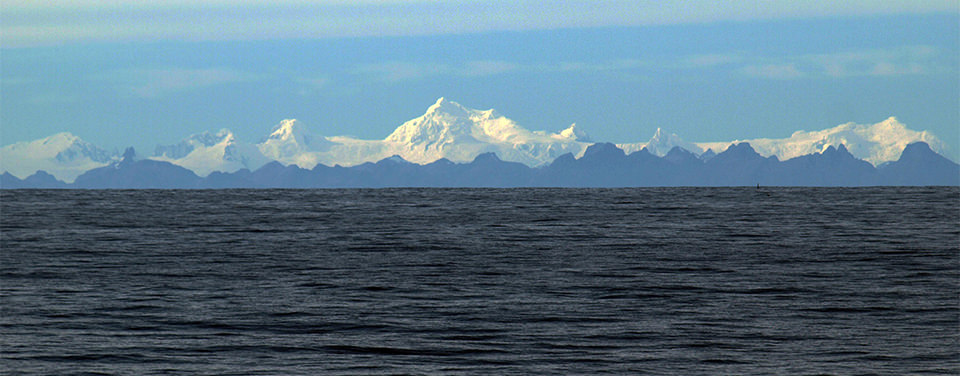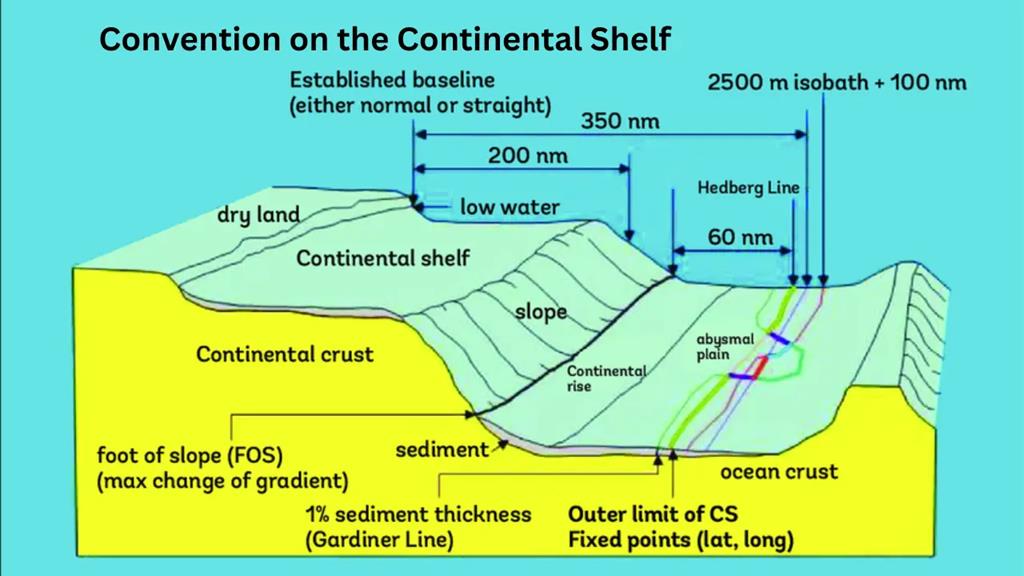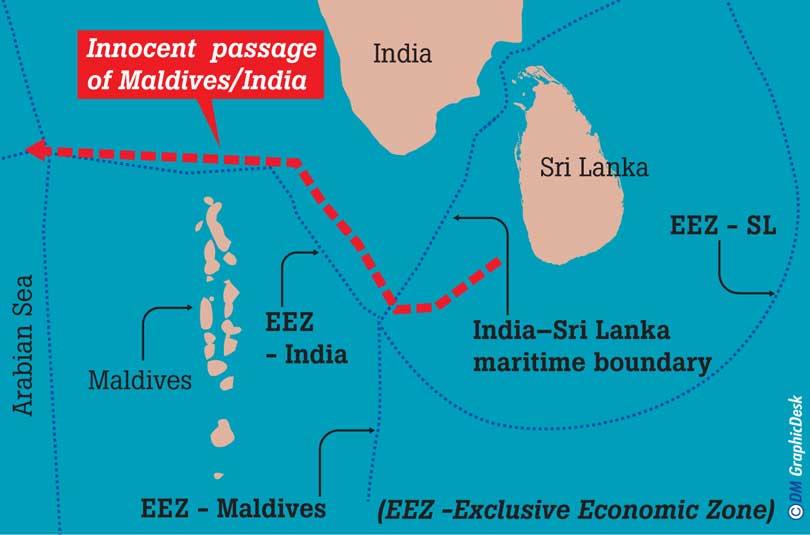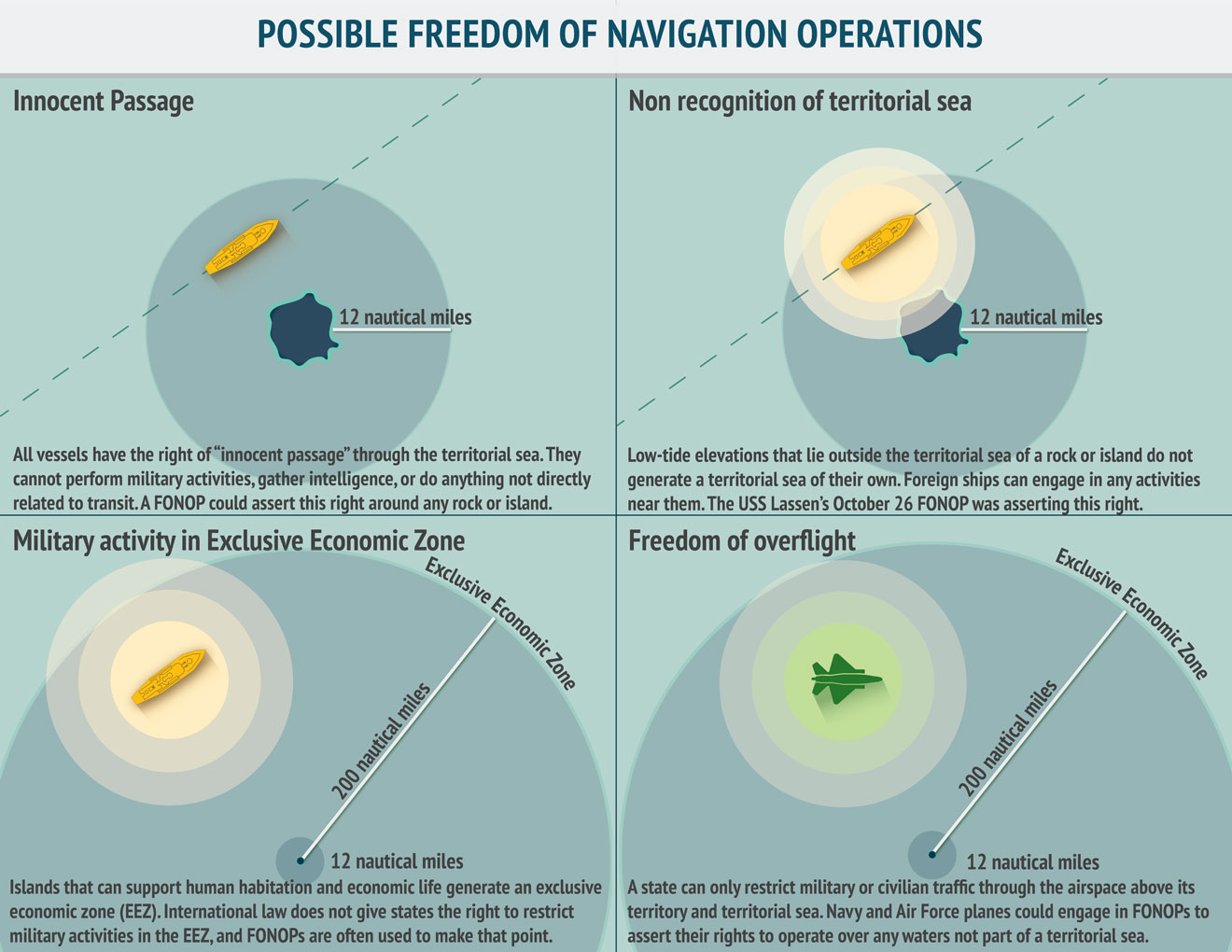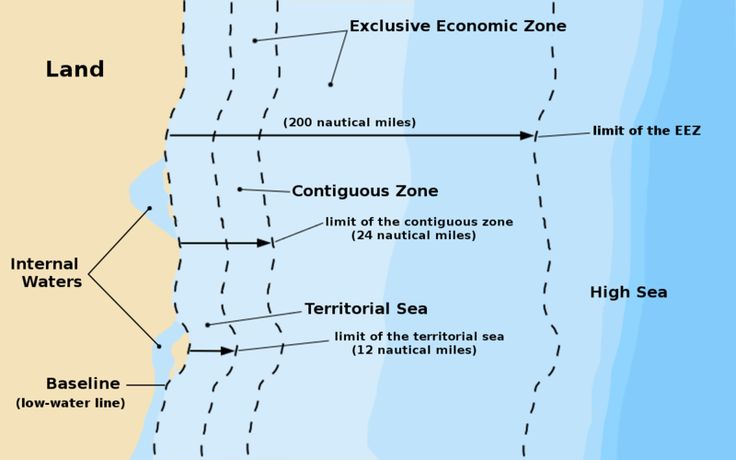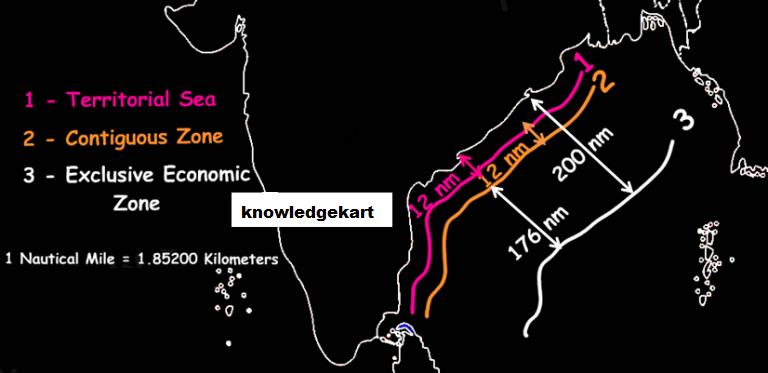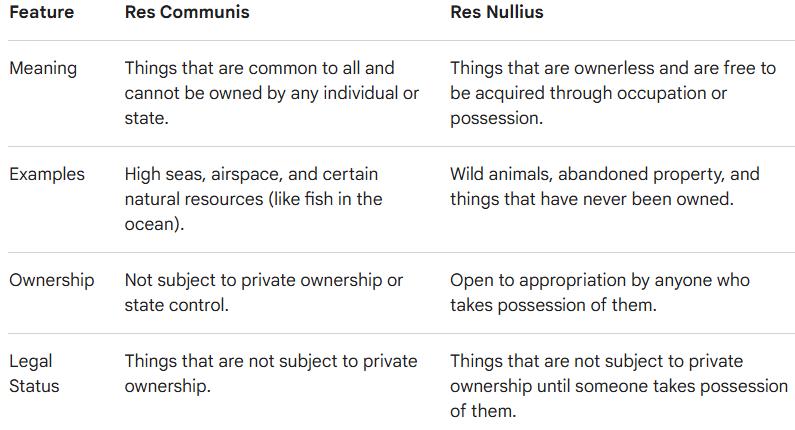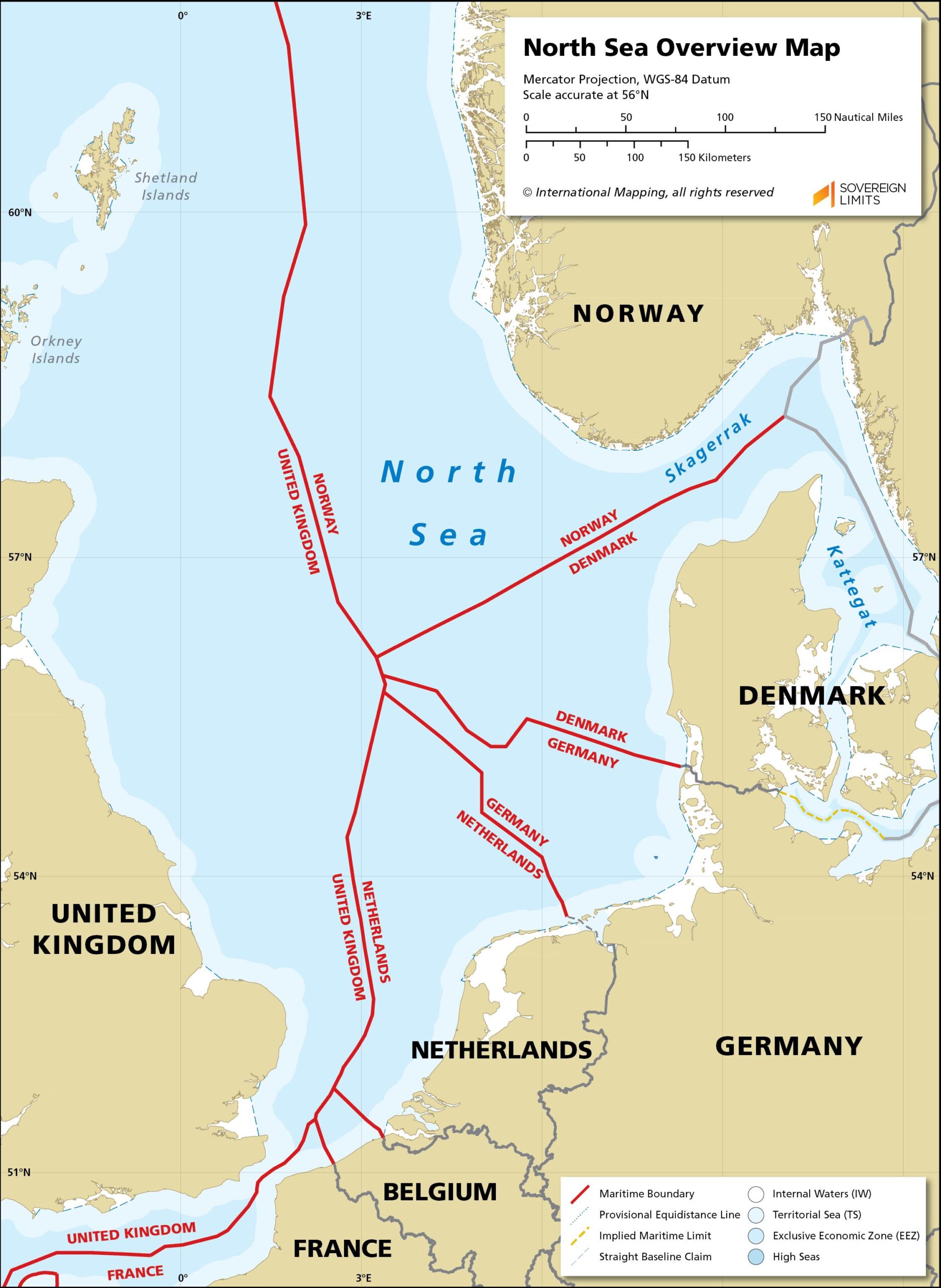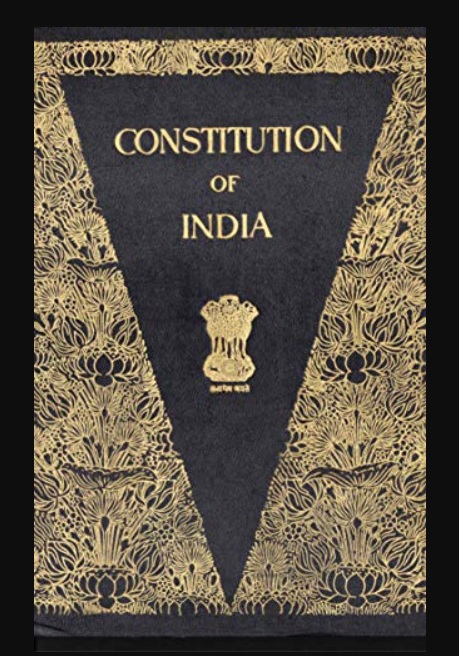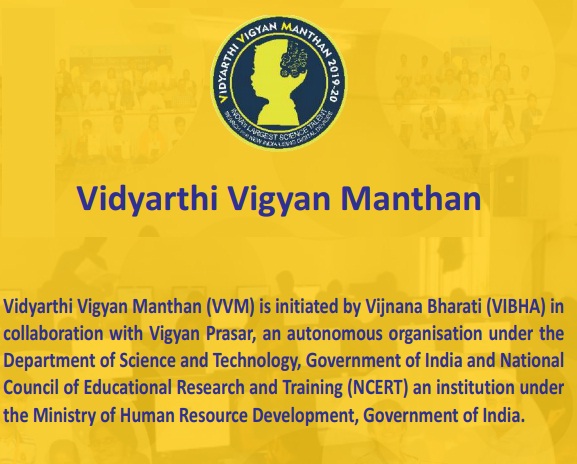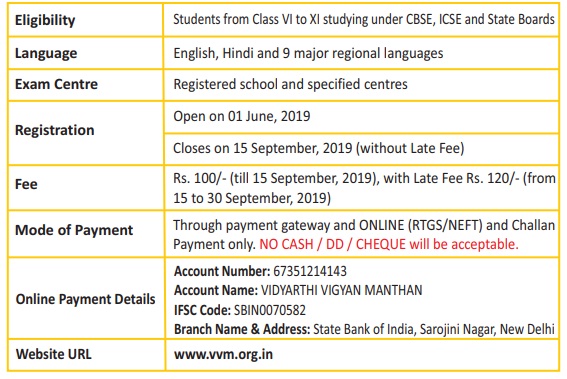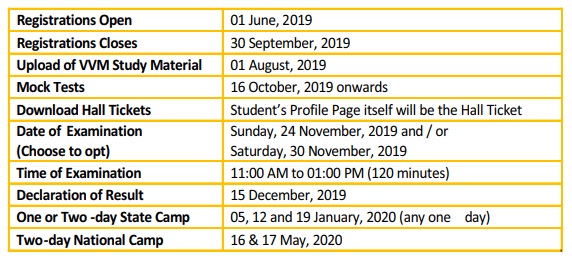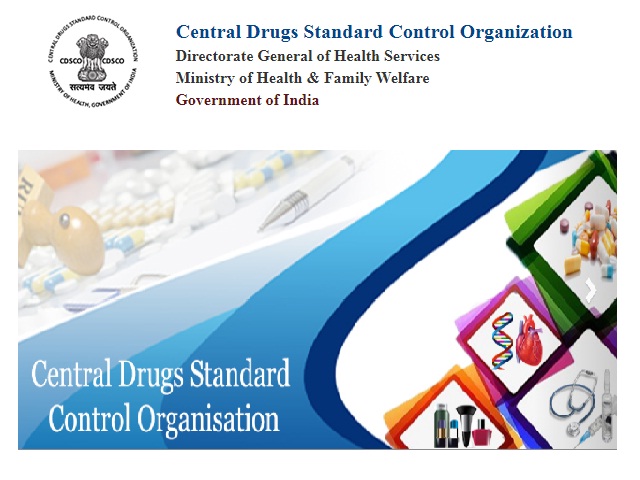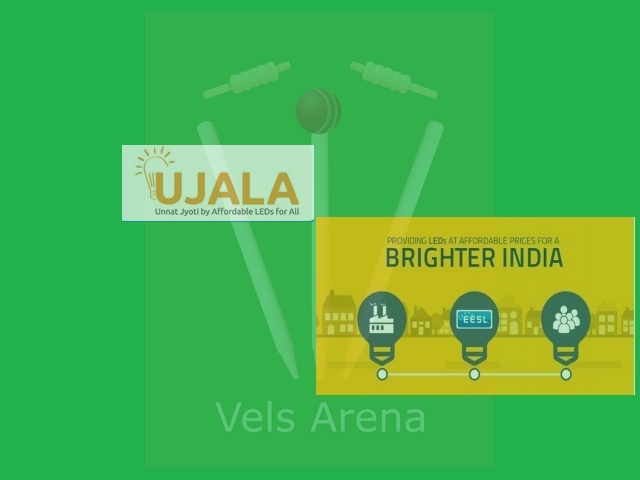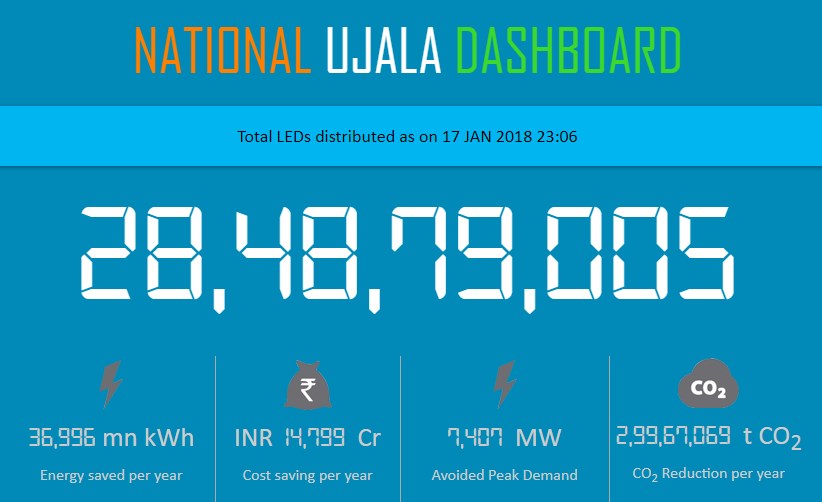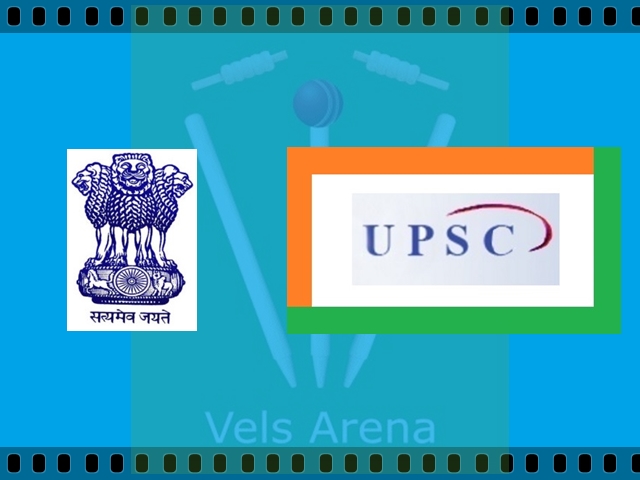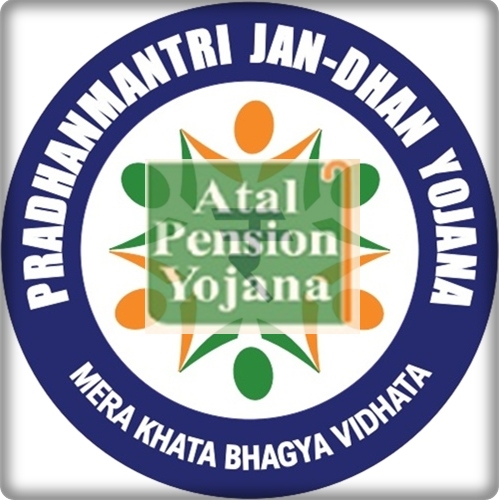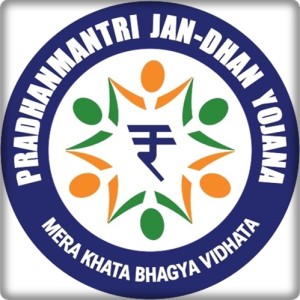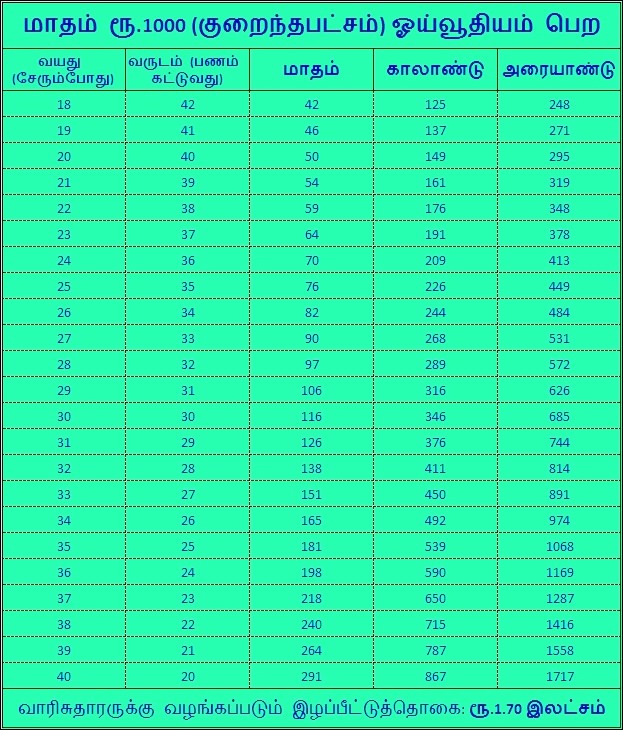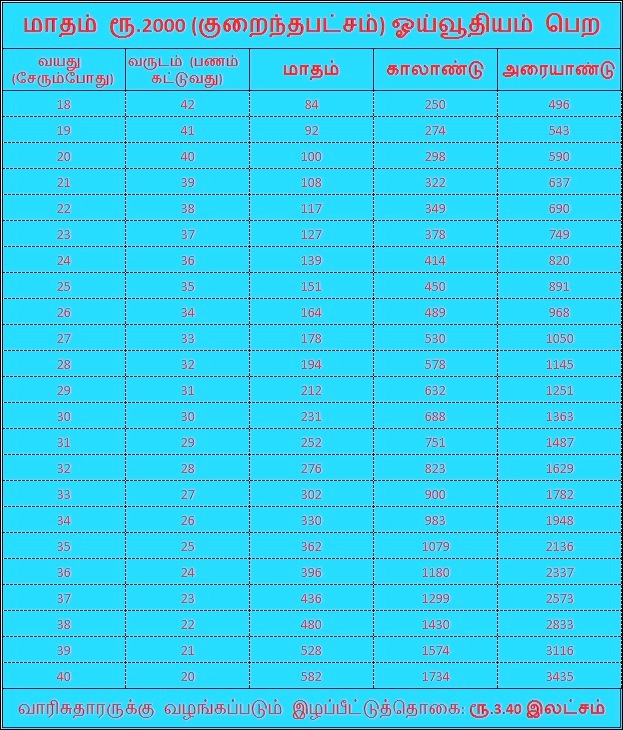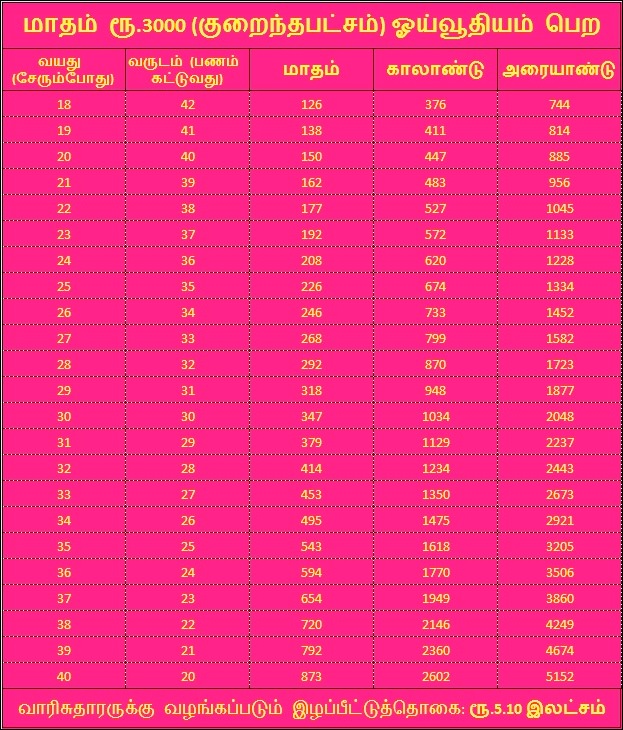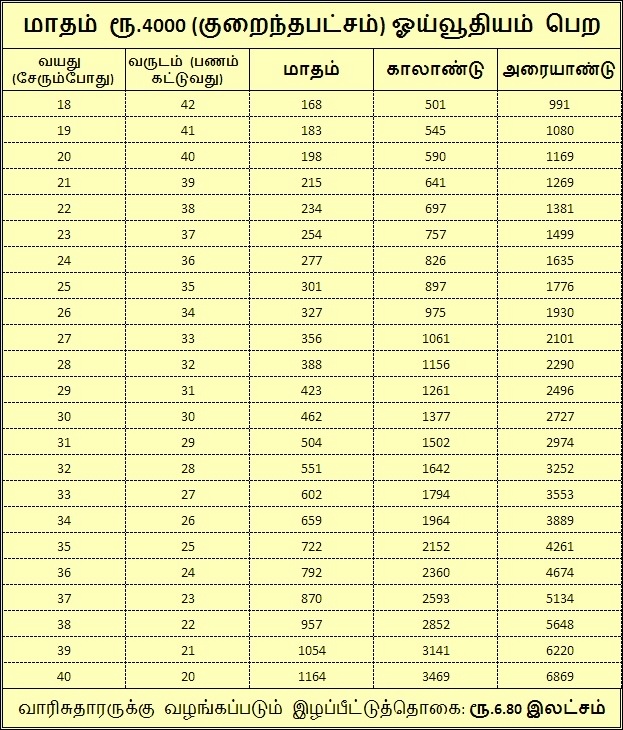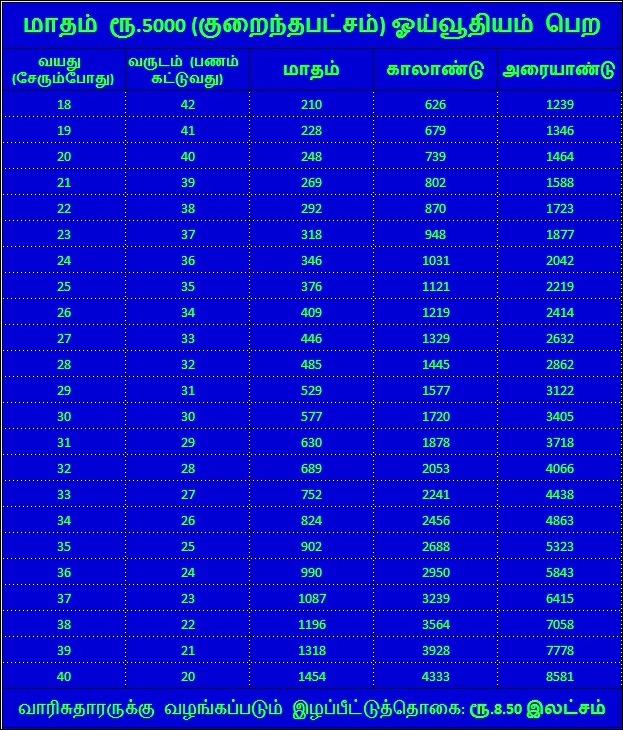The Equal Remuneration Act 1976

THANKS TO ALL INTELLECTUALS, FACULTIES, PUBLISHERS, WEBSITE CONTENT CREATORS, AND S.N MISHRA’s “LABOUR & INDUSTRIAL LAWS”, 30TH EDITION, CENTRAL LAW PUBLICATIONS FROM WHOM AND WHERE CONCEIVED THIS CONTENT FOR EDUCATIONAL PURPOSE
THE EQUAL REMUNERATION ACT, 1976
INTRODUCTION
- Article 39(d) of the Indian Constitution provides that the State shall, in particular, direct its policy towards securing that there is equal pay for equal work for both men and women
- However, if officers of the same rank perform dissimilar functions and the powers, duties and responsibilities of the posts held by them vary, then this equal pay concept would not be considered
- CASE LAW: RANDHIR SINGH vs UNION OF INDIA 1982
[The Supreme Court held that the principle of equal pay for equal work though not a fundamental right is certainly a constitutional goal and can be seek remedies through article 32]
- The doctrine of equal pay for equal work is applicable to persons employed on a daily wage basis
- CASE LAW: SURINDER SINGH vs ENGINEER-IN-CHIEF C.P.W.D 1986
[Daily wagers are entitled to the same wages as other permanent employees in the department employed to do the identical work]
- Directive Principles of State Policy accompanied by the Articles 14 and 16 of the Constitution of India emphasis for Equal pay for equal work
- The abstract doctrine of equal pay for equal work cannot be read in Article 14. To achieve this, reasonable classification based on intelligible criteria, having nexus to the object sought, is permissible
- CASE LAW: STATE OF A.P & OTHERS vs G SREENIVASA RAO & OTHERS 1989
[It has been held that ‘equal pay for equal work’ does not mean that all the members of a cadre must receive the same pay packet, irrespective of their seniority, source of recruitment, educational qualifications and various other incidents of service]
- President of India promulgated on 26.09.1975, the Equal Remuneration Ordinance, 1975 which was celebrated as International Women’s Year. The ordinance was converted in to Act No. 25 of 1976
THE EQUAL REMUNERATION ACT, 1976
- The act provides for
- Payment of equal remuneration to men and women workers
- Prevention of discrimination on the ground of sex, against women in the matter of employment
- Matters connected therewith or incidental thereto
- Against discrimination in recruitment and promotion of men and women
- Setting up of Advisory Committees to promote employment opportunities for women
- The act applies to whole of India
Definitions
The act provides for “appropriate government”, “employer”, “man” and “woman” and remuneration through Sections from 2(a) to 2(h)
- 2(c) ‘Employer’ – meaning as assigned in the Payment of Gratuity Act, 1972 u/s 2(f)
- 2(g) ‘Remuneration’ – meaning the basic wage or salary, and any additional emoluments whatsoever payable, either in cash or in kind, to a person employed in respect of employment or work done in such employment, if the terms of the contract of employment, express or implied were fulfilled
EQUAL PAY FOR EQUAL WORK– Case Study
CASE LAW: M.P RURAL AGRICULTURE EXTENSION OFFICERS ASSOCIATION vs. STATE OF M.P AND ANOTHER 2004
[The appellant Association espoused the cause of Village Level workers who were later on designated as Rural Agriculture Extension Officers who were only matriculates. They complained that they were not paid the same pay scale as was paid to those who were graduates under the rules. The Supreme Court observed that a policy decision had been adopted by the State and the State granted a higher scale of pay for the existing degree holders. The Court held that the State could not be said to have acted illegally]
CASE LAW: STATE OF PUNJAB vs TALWINDER SINGH & OTHERS 2004
[Daily wagers claimed parity of pay scale with those on regular basis. The Supreme Court observed that the claim to the extent of granting minimum in regular pay scale only was valid]
DUTY OF EMPLOYER
Section 4 of the act provides that
- Employer shall pay remuneration equally to both men and women for same work
- Employer shall not reduce the rate of remuneration so as to comply with above
- If there exists difference in pay for the same work before the commencement of this act, employer shall pay the highest of both equally to all
CASE LAW: M/S. MACKINNON MACKENZIE AND CO. LTD. Vs ANDREY D’COSTA AND ANOTHER 1987
[A Female confidential stenographer after the termination of her services filed a petition u/s 7(1) of the Equal Remuneration Act,1976 complaining that during the period of her service she was paid remuneration at lesser rates than those of male stenographers who were also performing same work.]
Section 8 of the act provides that every employer shall maintain registers and such other documents in relation to the employment of workers
NO DISCRIMINATION
Section 5 provides that no discrimination to be made while recruiting men and women workers
ADVISORY COMMITTEE
Section 6 of the act provides for
- Constitution of Advisory Committee by the ‘appropriate government’ to assess the possibilities and which extent women may be employed in establishments
- Every Advisory Committee shall consist of not less than ten persons, half of whom shall be women
- The Advisory Committee to advice based on the number of women workers, nature of work, hours of work, suitability of women for employment and such relevant factors
- The Committee to regulate its own procedure
POWER OF APPROPRIATE GOVERNMENT
The appropriate government may appoint officers, not below the rank of a Labour Officer for the purpose of hearing and deciding
- Complaints with regard to the contravention of any provisions
- Claims arising out of non-payment of wages at equal rates
- The Committee shall give an opportunity of being heard
Every authority appointed under the provisions of the act shall have all the powers of a Civil Court under the CPC, 1908 for the purpose of taking evidence and of enforcing the attendance of witnesses and compelling the production of documents and under the CrPC, 1973
CASE LAW: M/S CREATIVE GARMENTS LTD. Vs KASHIRAM VERMA 2012
[The Supreme Court that in future all the cases to be filed and in all the pending cases, the parties shall be required to furnish their permanent address]
INSPECTORS
The appropriate government may appoint such persons as it may think fit to be the Inspectors for making investigation
Every Inspector is deemed to be a public servant within the meaning of IPC u/s 21 and has the following powers within the local limits of the jurisdiction
- May enter, at any reasonable time, any building, factory, premises or vessel
- May require any employer to produce any register, muster-roll or other documents and examine them
- May take on spot evidence for the purpose of ascertaining whether the provisions are complied with or not
- May examine employer, his agent or servant or any other person whom the Inspector has reasonable cause to believe
- May make copies or take extracts from any register or document maintained in relation to employment
PENALTIES
Penalties are provided u/s 10 of the act.
(1) If any employer,
- Omits or fails to maintain, produce any register, muster-roll or other document or
- omits or refuses to give any evidence or prevents his agent or servant or any other person in charge from giving evidence or
- omits or refuses to give any information
he shall be punishable with
- simple imprisonment for a term which may extend upto one month or
- fine which may extend upto ten thousand rupees or
- with both
(2) If any employer,
- makes any recruitment in contravention of the provisions
- makes any payment of remuneration at unequal rates
- makes any discrimination between men and women workers
- omits of fails to carry out any direction u/s 6(5)
he shall be punishable with
- fine which shall not be less than ten thousand which may extend upto twenty thousand or
- with imprisonment for a term which shall not be less than three months which may extend to one year or
- with both for the first offence
- with imprisonment which may extend upto two years for the second and subsequent offences
(3) If any person requiring to do so, omits or refuses to produce to an Inspector any register or other document or to give any information, he shall be punishable with fine which may extend to five hundred rupees
OFFENCES BY COMPANIES
Section 11 of the act provides that offence committed by a company make the person-in charge responsible for the offence. Company means any body corporate and includes a firm or other association of individuals and director, in relation to a firm, means a partner in the firm
COGNIZANCE AND TRIAL OF OFFENCES
Section 12 of the act provides that
- Only Metropolitan Magistrate or a Judicial Magistrate of the First Class and above shall try any offence punishable under this act
- Only on its own knowledge or upon a complaint made by the appropriate government or any authorised officer on this behalf or complaint made by the aggrieved person or by any recognised welfare institution or organisation shall take cognizance of an offence
POWERS OF CENTRAL GOVERNMENT
Section 13 and 14 of this act provides to make rules, the manner in which complaint or claim shall be made. The Central government may give directions to a State government as to execution of this act.
SPECIAL CASES, POWER TO MAKE DECLARATION & REMOVE DIFFICULTIES
Nothing provided in this act shall apply to any laws giving special treatment to women employment or any special treatment with respect to birth, expected birth, marriage, retirement etc., as per the Section 15
Appropriate government has the power to make a declaration about any act of employer attributable to differences in the remuneration for reasons other than sex, shall not be deemed to be a contravention of any provision of this act vide section 16
The Central Government make an order to remove any difficulty which appears to it to be necessary
The Equal Remuneration Act, 1976 repealed the Equal Remuneration Ordinance 1975 vide section 18 of this act
